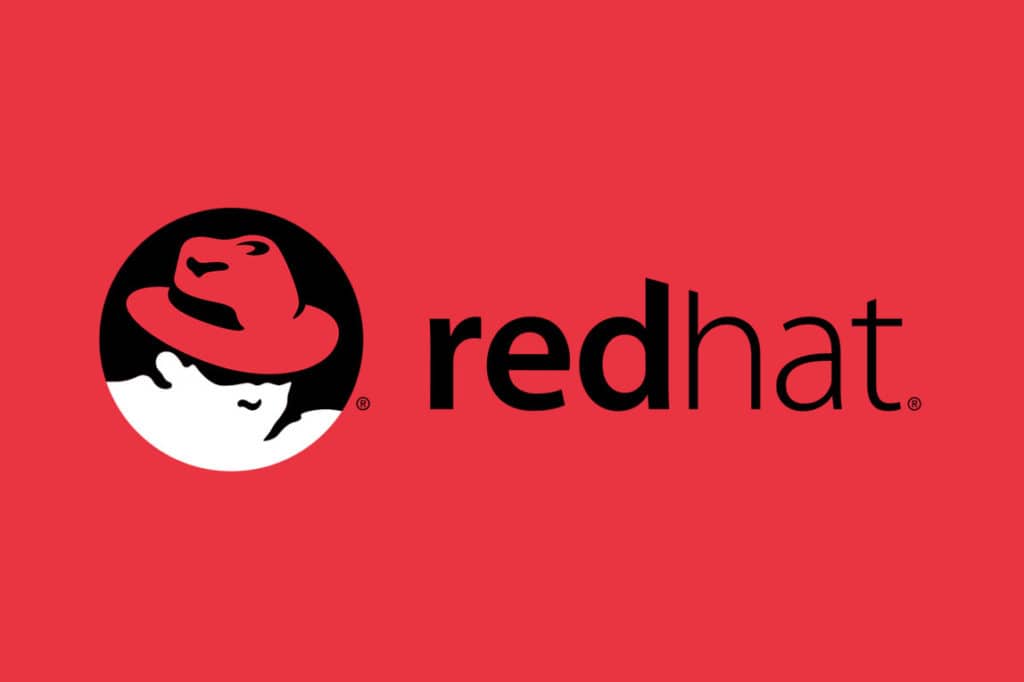Many businesses deal with a wide set of software in their operations. Each system has different credentials and may require that access be managed for each user in each system. This is hard to set up, hard to keep up-to-date, and can lead to security breaches. For example, account credentials are stolen by a hacker or the business forgets to turn off account access to a critical system when an employee leaves to work for a competitor. Fortunately, there is a solution. Businesses can consolidate security, credentials, and identity into a single system and have other software to that system.
What is Single Sign-On?
Single sign-on (SSO) is an identity management solution that solves a handful of common business problems. It’s a session and user authentication service that allows a user to use one set of login credentials to access multiple applications. It authenticates the end user for all the applications the user has been given rights to. On the back end, SSO is useful for tracking user activities and monitoring user accounts.
How Single Sign-On Works
SSO authentication is dependent on a relationship between the user, identity provider, and service provider. Websites determine whether or not the user has been authenticated by the SSO service. If the user has been authenticated, it allows them to access the site. If the user hasn’t, the website sends them to the SSO provider to login. The user will then enter the single username/password they use for corporate access. The SSO solution requests authentication from the identity provider or authentication system that the company uses. It verifies identity and notifies the SSO solution. The SSO solution passes authentication data to the website and returns you to that site. In a SSO system, you’ll jump from site to site with full access.
What is Involved in Adopting SSO for an Organization?
Moving to cloud applications offers businesses an opportunity and obstacle. Bring-your-own-device (BYOD) policies and the “work-from-anywhere” culture are considered drivers for SSO. More and more people are working from devices that IT doesn’t control and on networks which IT has no visibility. This has led to the development of single sign-on access control and multi-factor authentication (MFA) technologies. There are a number of key benefits gained from adopting SSO, including scalability, increased security, productivity gains, and fewer IT help desk password resets.
Start Your Transformation with DVO Consulting! Implement Red Hat’s Single Sign-On Product.
Our team of engineers will discuss your unique needs and how we can help improve security with SSO. Our audit capabilities and software will allow us to create a plan of action. Contact us to learn more about containers and how DVO Consulting can help you take advantage of Red Hat’s single sign-on product to increase security and streamline your business processes.

